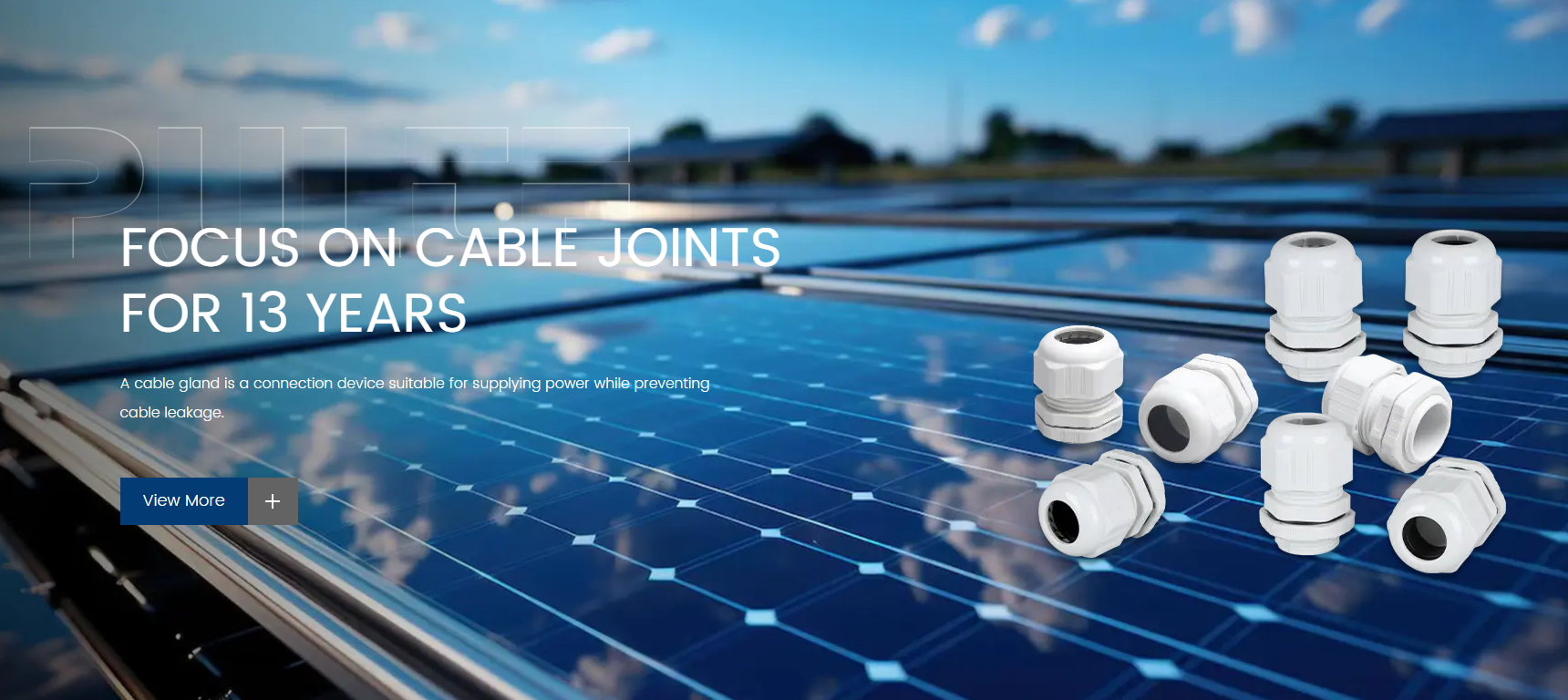Waterproof Gland Workflow for Engineers

When installing a cable gland, the process involves more than simply threading the unit into a hole and tightening a nut. Proper attention to detail ensures that a Waterproof Cable Gland correctly fulfils its role, especially when using a Stainless Steel Cable Gland in a rigorous environment.
Begin by selecting the correct size: the hole in the enclosure must match the gland’s thread dimension (whether metric, PG or NPT), and the cable outer diameter must sit within the gland’s clamp range. Mis-sizing the gland can compromise the seal and mechanical anchor. According to one catalog, stainless-steel glands offer cable outer diameter ranges (e.g., Φ10–6 mm, Φ14–9 mm) and screw sizes from G ½″ up.
Next, clean the hole and ensure the edges are free of burrs. Install any sealing ring or gasket if the gland type includes it. For the Waterproof Cable Gland, ensure the O-ring is intact and oriented correctly. For a Stainless Steel Cable Gland, verify that the material is correct (e.g., SUS304 or SUS316L) and that any lock-nut or washer is appropriate for the environment.
When tightening, refer to the manufacturer’s recommended torque. Over-tightening may deform the seal or threads; under-tightening may allow ingress of water or dust. After installation, pull the cable gently in several directions to verify that the gland clamps and resists movement – this ensures strain relief is working.
After installation, you should document the installation date, cable type, application environment, and any special conditions (such as exposure to chemicals or outdoor weather). For applications where a Waterproof Cable Gland is critical (outdoor or high moisture), consider periodic inspections. The presence of a Stainless Steel Cable Gland does not eliminate the need for inspection – material is one part, installation is another.
Finally, if cables are replaced or additional entries are required in the same enclosure, ensure the new gland matches the previous protective rating and material specification. For example, re-using a gland meant for indoor use might reduce the overall performance. Ensuring that the Waterproof Cable Gland and the enclosure’s protection class remain intact is key.
By following a clear installation workflow and treating the gland as a system component, you can extend the reliability of your cable entry and maintain performance over the lifetime of the equipment.





